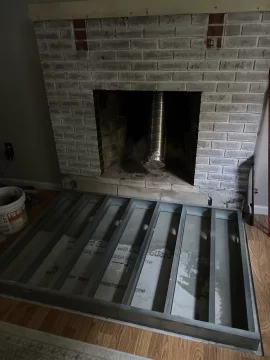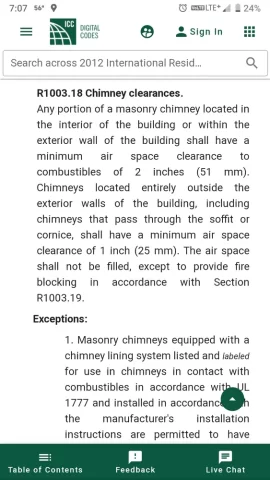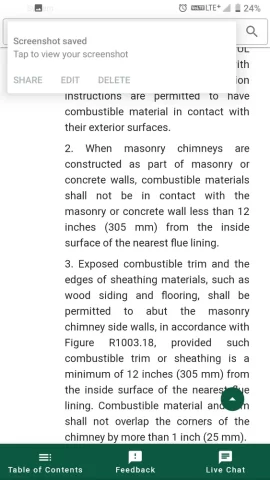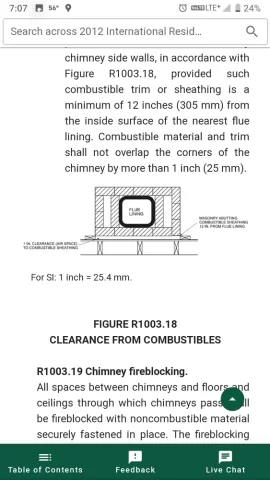I have here an older VC Defiant that I was hoping to get installed on a new hearth.
Trying to make the right decisions on a few things.
I have picked up a 6 inch liner kit and am in the process of cleaning and wire brushing it out.
Can’t find much info on the model. Just seems to have a 2 piece rear cover. The lower portion has holes for gasses to pass through but nothing behind. Should be a picture of that.
Hope it will serve us well for years to come. I do have some questions and concerns about the hearth pad install. My plan was to put feather out that existing crete pad with 1/2 hardibacker and tile or slate over
Wondering if I need to add a second layer of backer over it all making it about an inch thick. Or raise the whole pad entirely.
Lastly I have a picture of the framing underneath. Wondering if anything needs to be done to sure it up or is it just fine.
Thank you for your help!
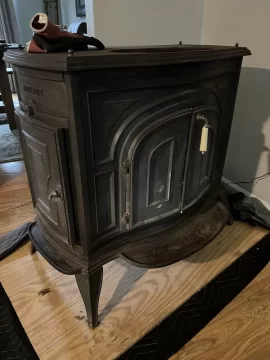
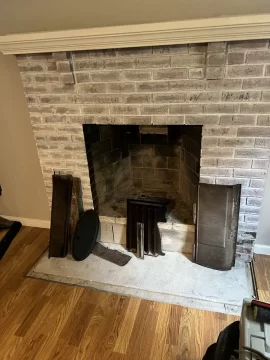
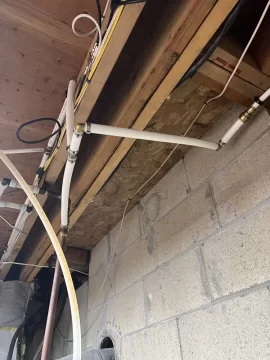
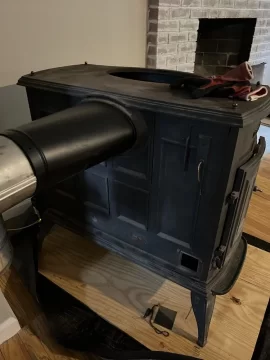
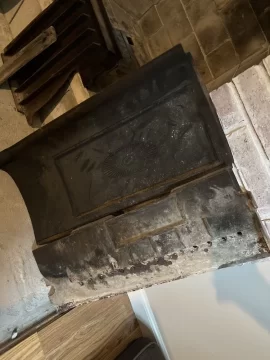
Trying to make the right decisions on a few things.
I have picked up a 6 inch liner kit and am in the process of cleaning and wire brushing it out.
Can’t find much info on the model. Just seems to have a 2 piece rear cover. The lower portion has holes for gasses to pass through but nothing behind. Should be a picture of that.
Hope it will serve us well for years to come. I do have some questions and concerns about the hearth pad install. My plan was to put feather out that existing crete pad with 1/2 hardibacker and tile or slate over
Wondering if I need to add a second layer of backer over it all making it about an inch thick. Or raise the whole pad entirely.
Lastly I have a picture of the framing underneath. Wondering if anything needs to be done to sure it up or is it just fine.
Thank you for your help!







